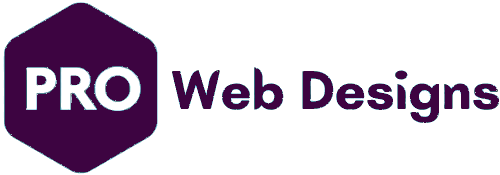Creating an Engaging and User-Friendly Blog Design: A Comprehensive Guide
IntroductionIn today’s content-driven world, blogs have become powerful tools for sharing ideas, connecting with audiences, and establishing thought leadership. However, creating a successful blog goes beyond crafting compelling content; it demands a thoughtful approach...
Creating a User-Friendly Website: Essential Tips and Best Practices
IntroductionIn today’s digital landscape, a user-friendly website is no longer a luxury but a necessity. A website that prioritizes user experience (UX) not only enhances visitor satisfaction but also drives business growth and brand loyalty. By following these...





